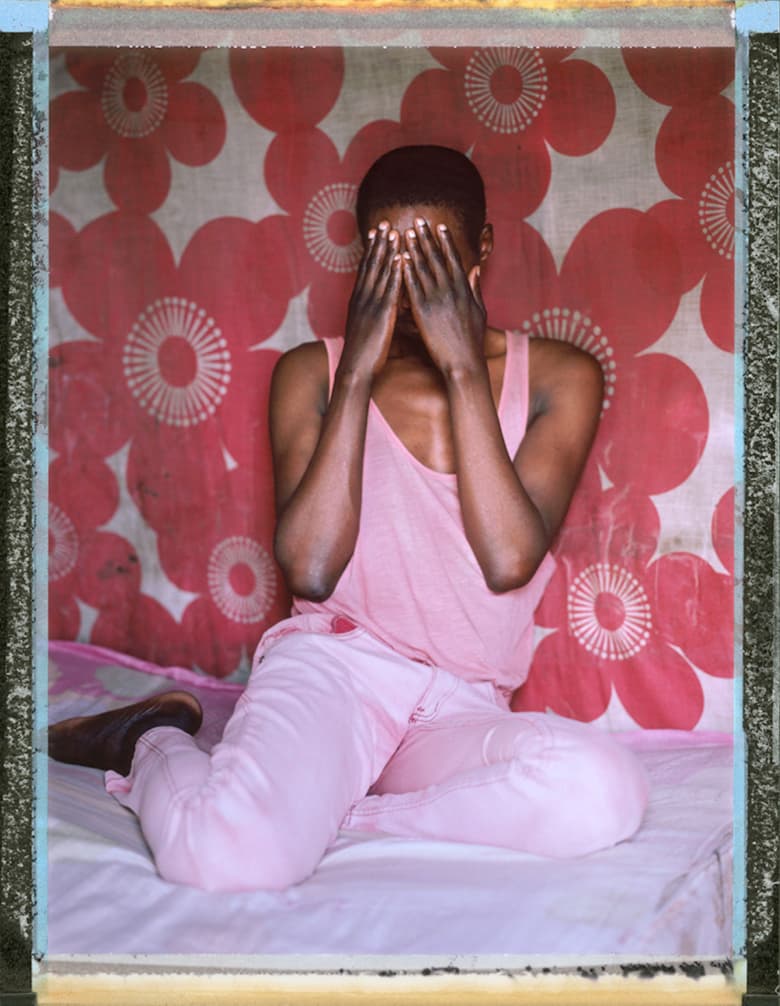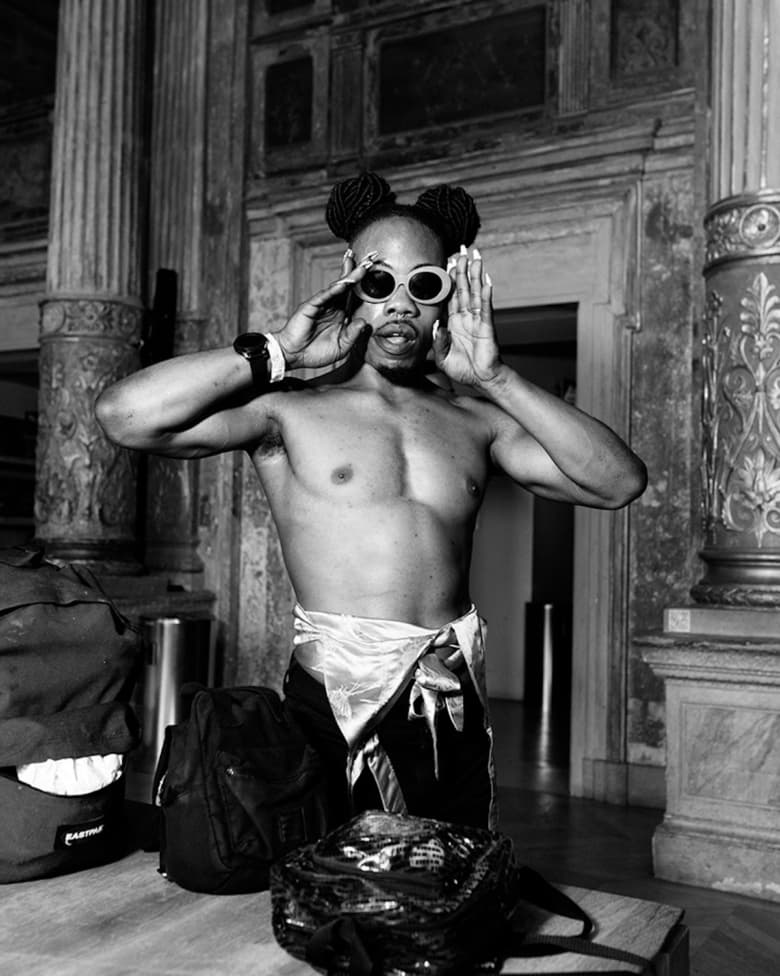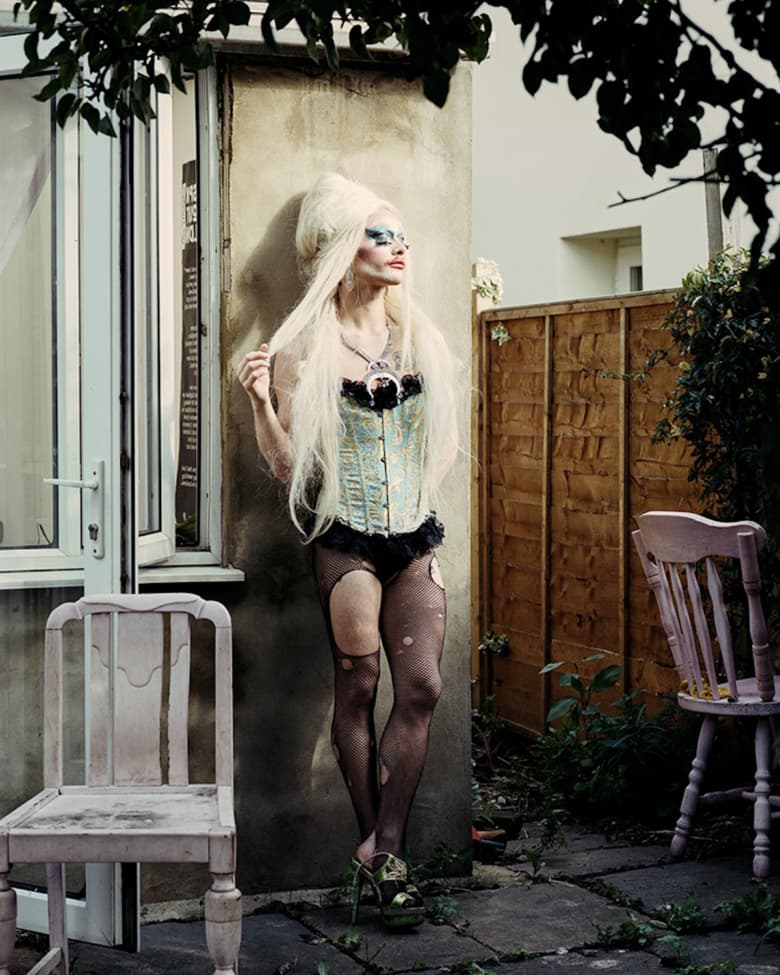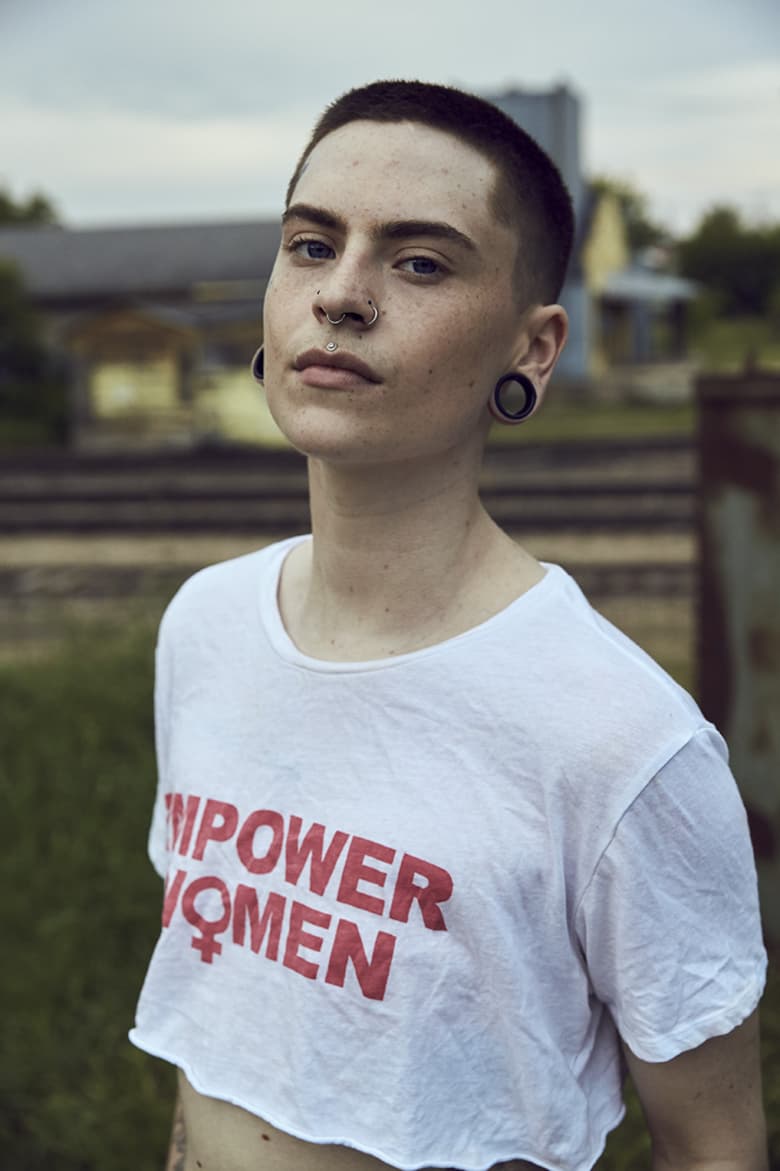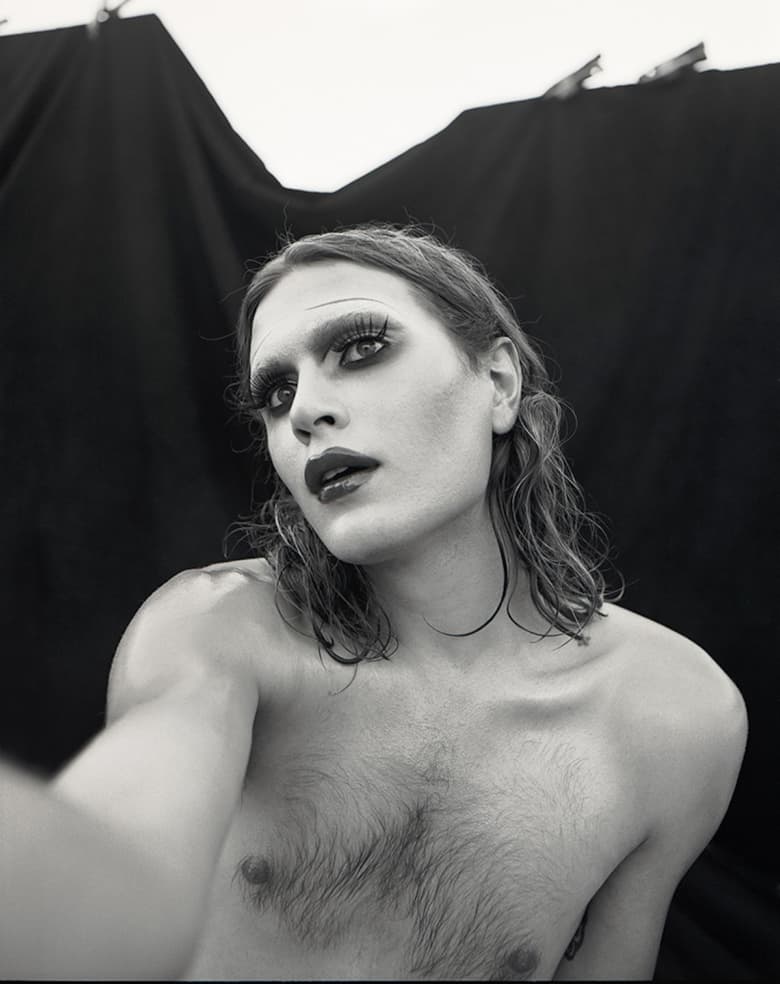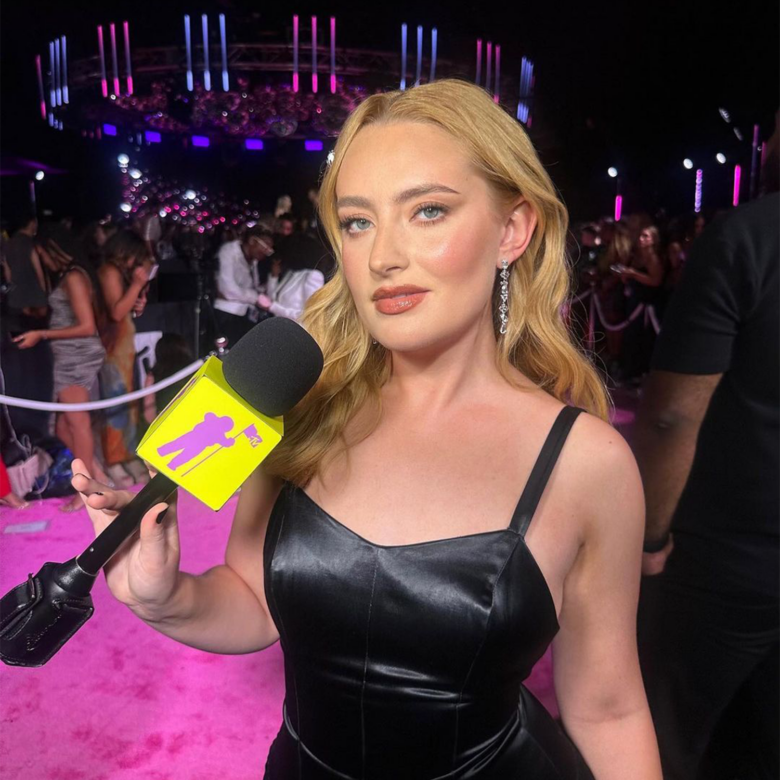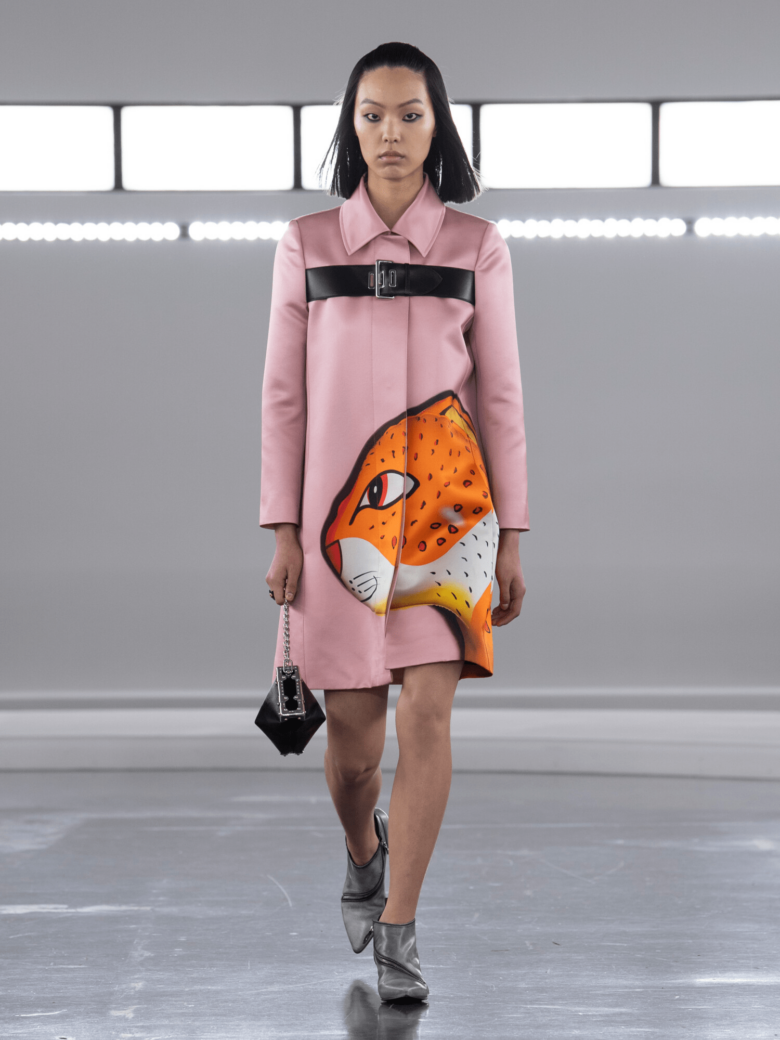What Does Queer Photography Look Like Today?
As queer culture makes its way into the mainstream, we’re seeing members of the LGBTQIA+ community finally gracing magazine covers and seeing their lives represented on screen – but what about behind the camera? While the names of legendary LGBTQIA+ photographers like Robert Mapplethorpe, Catherine Opie and Sunil Gupta easily roll off the tongue, younger queer image-makers have yet to have this level of exposure. Accordingly, editor Benjamin Wolbergs has compiled New Queer Photography in a bit to highlight some of the most exciting individuals in the field today.
Lovely to meet you! When did you first become interested in photography?.
Photography was always the art form I could relate to the most. My earliest interest in photography came from all of the iconic images that were taken of Madonna. I was a big fan of her music and extremely fascinated by how she changed her image, which you would see in her videos but also via photos by some of the most famous photographers at the time. This “obsession” led into my thesis at design university where I analysed Madonna’s image changes over a period of twenty-five years.
Wish I could read your thesis! What’s your relationship to the LGBTQIA+ community?
My relation to the queer community is more that one of a “silent observer” especially in Berlin where I live and work. I think Berlin has a very vivid and diverse queer scene where I’ve immersed myself over the last few years, especially in the art and nightlife scene from where I’ve taken many inspirations for the book.
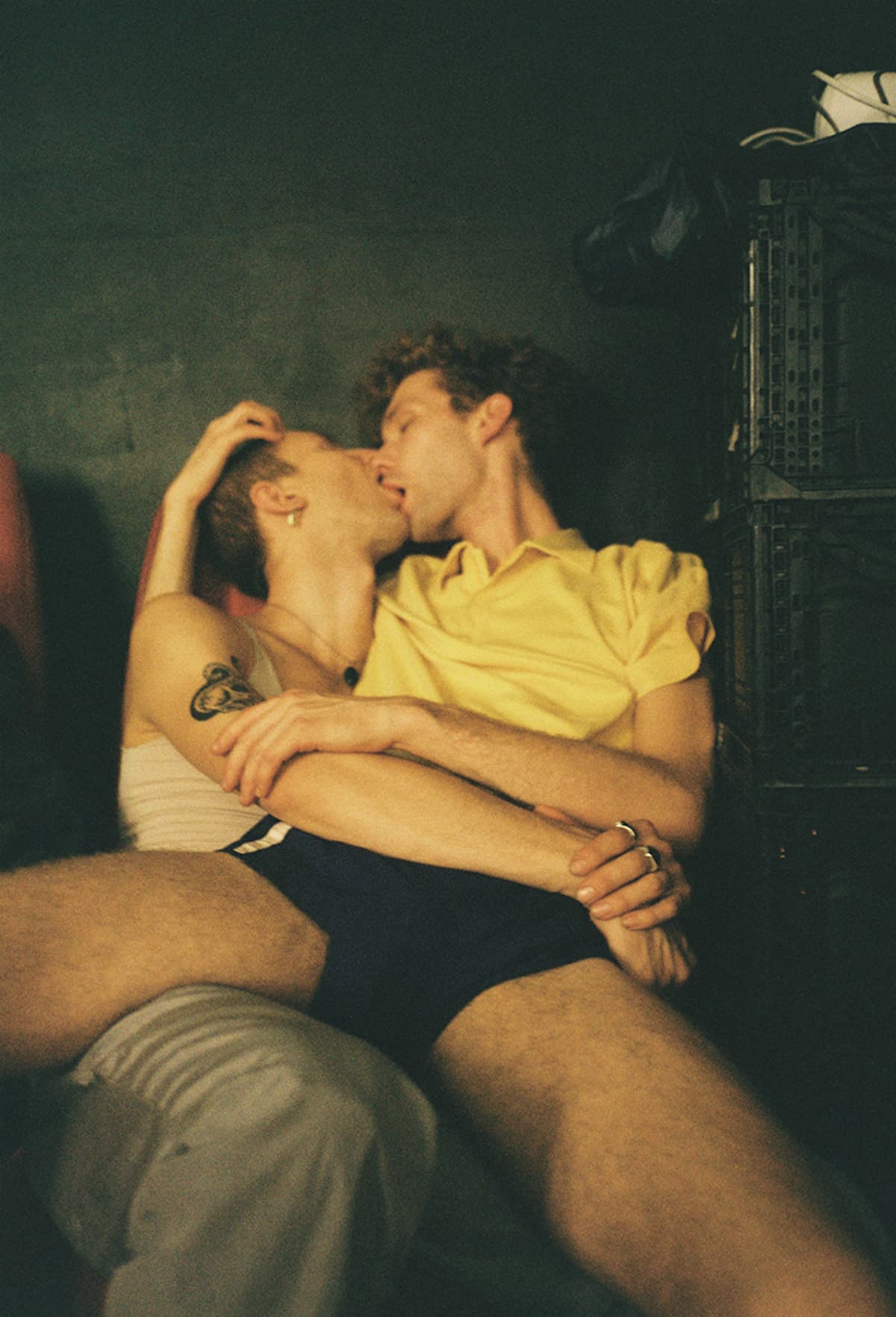
When did the idea for this book come about?
Everything started about four years ago when I was working for Taschen on the layout of a book about physique photography with photos from the 1950s, whose aesthetics were clearly intended to appeal to a gay audience. In the course of this work, I asked myself: “What would a book with contemporary queer photography look like?” Around that time, I became aware of the works of Matt Lambert and Florian Hetz, and I started to look for other queer photographers. As my research intensified, a universe of incredibly talented LGBTQIA+ photographers emerged in front of me, characterised by a wide variety of different styles and visual worlds beyond clichés and preconceptions. This eventually become New Queer Photography.
And what was the process of putting New Queer Photography together?
It was a very long one and took me about four years. The research process was the longest part: I was looking through a lot of books and magazines but the most intense research was through the internet and social media channels. I was scrolling through a tremendous amount of art, photography and LGBTQIA+ related blogs and webpages. It was important for me to present as many different photographers, important themes, and queer imaginary worlds as possible.
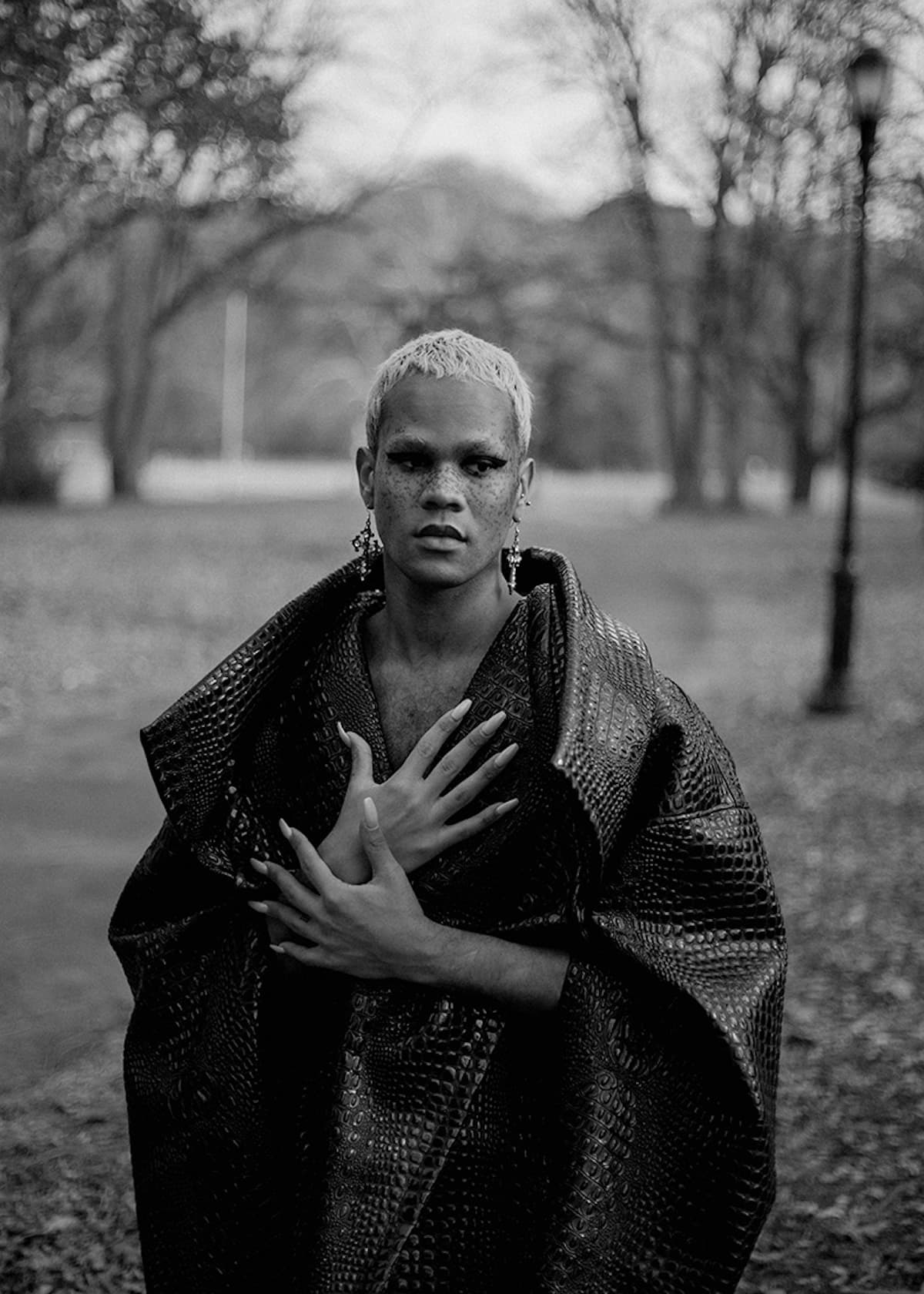
How did you interpret the meaning of “queer photography” for the book? Was it about showcasing queer photographers or about highlighting a queer aesthetic?
The book is not necessarily made by queer photographers— most of them identify as queer but not all of them. It’s more about the perspective. The subtitle of my publication is “focus on the margins“ and this is the lens that really leads the book.
Can you give us some examples of how this perspective plays out in the book?
Some of the most obvious examples of people at the margins of society are those who are discriminated against, oppressed, and attacked because of their sexuality and gender identity. We see can see instances of this in Robin Hammond’s portrait series, “Where Love Is Illegal”, which is featured in the book and spotlights LGBTQIA+ people from countries where homosexuality is criminalised. But living on the “margins”— under different circumstances — can create the very conditions that enable people to throw off social norms and spread their wings in total freedom, exploring their gender identity in all its fluidity, as in Spyros Rennt’s and Lukas Viar’s images of queer nightlife, which are also featured in the book
New Queer Photography is out now. Order via its publisher, Verlag Kettler, here.
